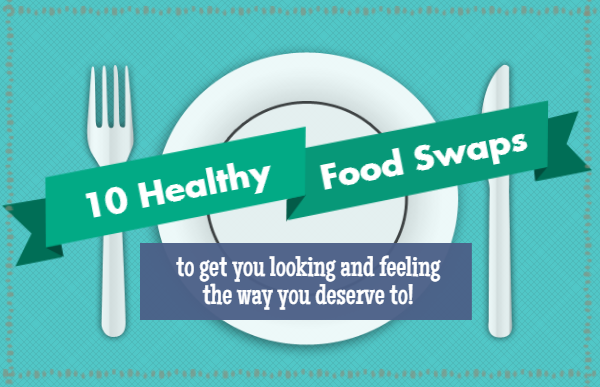Soaking and Sprouting
Ever tried snacking on dried, uncooked beans?
Hopefully not.
It’s not something I would recommend- for the sake of both your digestive and dental well being.
But if you have ever attempted to cook dried beans, you ‘re probably aware of the great deal of time it takes. A watched pot never boils. A watched pot of beans nevvvver finishes cooking.
Dang, our ancestors were smart…
Clever they were, generations of eaters before us figured out that soaking beans for a period of time prior to cooking drastically reduced the amount of time it would take until dinner was ready. But it seems that those societies also realized that soaking legumes could actually make them healthier.
Grains, legumes, nuts, and seeds all contain a naturally occurring chemical component called phytic acid. In small amounts, this acid will produce anti-inflammatory effects and may even help prevent some forms of cancer. The downside, however, is that it blocks mineral absorption in the intestinal tract- minerals that your body would otherwise absorb and put to good use.
Although humans sit contently at the top of the food chain, mother nature hasn’t completely abandoned the little guys, and the presence of phytic acid in foods we eat is just one example of that.
Greedy Grains?
Beans and grains aren’t evil, they’re just a little bit selfish.
We see them as food, but they are in fact dormant seeds, just waiting for the right conditions to begin their botanical life journey. They’re not picky house hunters, just looking for a warm, wet, earthy spot to settle down and take roots. Since they’ve got lots of hungry creatures they must avoid, they use the phytic acid they possess to deter being eaten before they can reproduce. If they are swallowed, they hold tight to the nutrition they contain, and bind to other minerals that might have made it down the chute with them- mainly zinc, and iron, but also calcium, magnesium, and copper. In a seed’s best scenario, he’ll pick up some extra minerals, then get a free ride to a new earthly location, where he’ll wait patiently for a little rain and warm weather to start growing. Leaving us, the eater, with less minerals than we thought we had eaten for lunch.
It might seem sneaky, but we can actually trick these seeds into sharing their nutrition with us (all’s fair in evolutionary battle, after all). By mimicking nature and giving beans, grains, and nuts what they ultimately need- a warm bath- we can reduce the amount of phytic acid they contain, and unlock the stores of nutrition they keep tightly locked away. Soaking and sprouting seeds changes them from dormant to living food; food that is easier to digest and willing to share with us its full spectrum of nourishment.
“Sprouted foods have five to ten times higher B vitamins, double the vitamin A, vitamin C, zinc, calcium and iron content of its pre-soaked and sprouted counterpart” –Natural News
The process also works to convert starches found in beans and grains into simple sugars, making them easier to digest and assimilate. If you’ve ever experienced digestive distress after eating beans, you might find you tolerate them fine if they are correctly prepared.
How to Soak and Sprout
To reduce levels of the anti-nutrient phytic acid in legumes, nuts, and grains, simply cover with warm water and a splash of acid- apple cider vinegar, lemon or lime juice, or whey. Place on your counter in a warm spot and allow to soak for 12-24 hours. Draining and rinsing once or twice during the process. You can do this in a bowl, or you can use one of these handy sprouting lids that fit onto a regular mason jar.
Just soaking for a few hours will reduce phytic acid levels, while allowing the seed time to actually sprout will further reduce and transform your food from dormant to living. For more information on soaking and sprouting you can take a look here and here.
To enjoy the benefits of sprouted food without having to do any of the work, (modern conveniences, yay!) you can purchase pre-sprouted breads and other products at your health food store. My favorite is Food for Life sprouted breads, and I love to make French toast with it for my husband (since I can’t consume grains right now due to some health issues).
Do you guys sprout your grains, legumes, or seeds at home?





